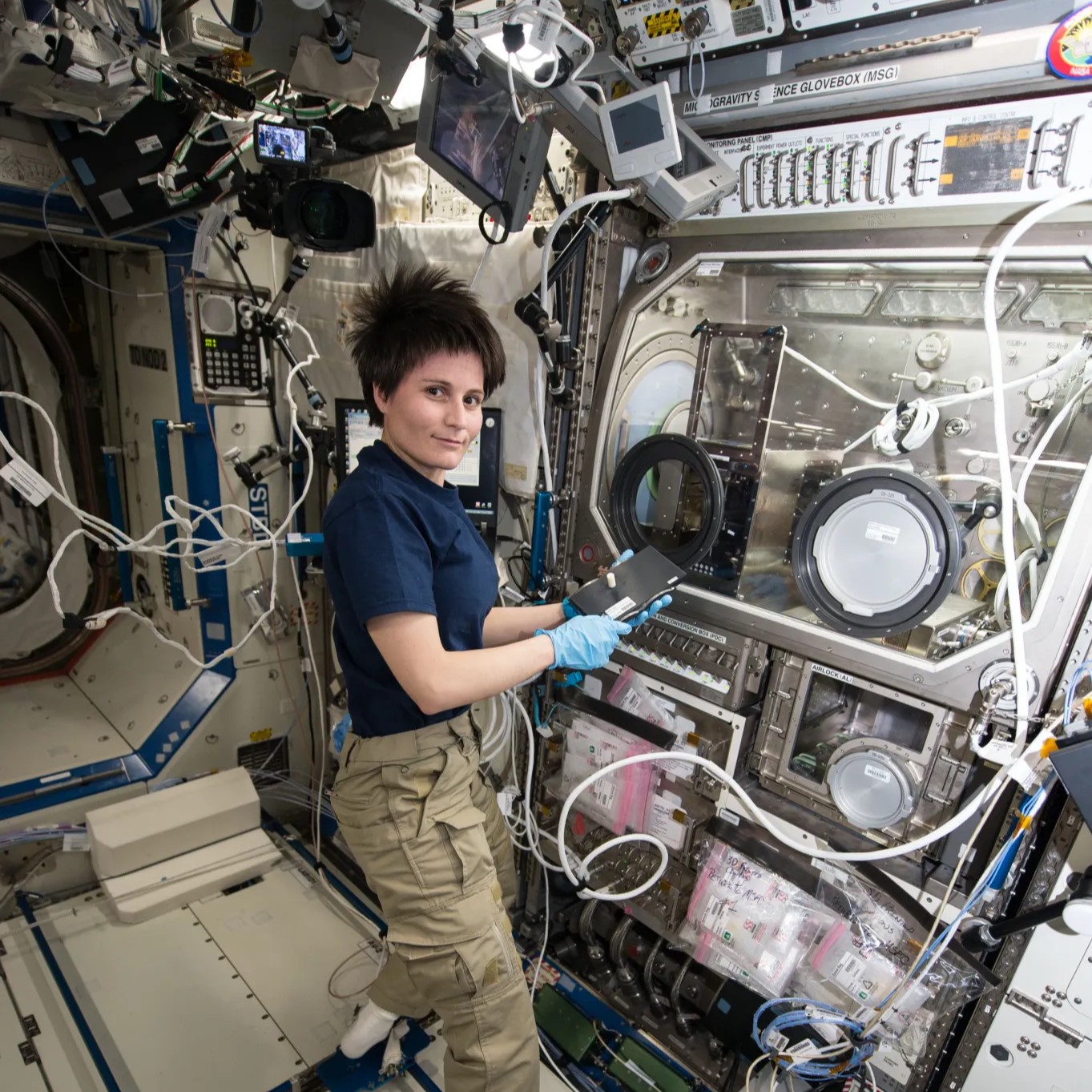3D Printing Beyond Earth: How Space Exploration Is Revolutionizing Manufacturing

Exploring the Frontiers: 3D Printing's Revolutionary Role in Space Exploration
Space exploration has always pushed the boundaries of human innovation, and 3D printing is emerging as a game-changing technology that could transform how we approach missions beyond Earth. This cutting-edge manufacturing technique offers unprecedented opportunities for astronauts and space agencies to overcome traditional logistical challenges.
The Critical Advantages of Space-Based 3D Printing
Imagine being millions of miles from Earth with limited resources and an urgent need for a specialized tool or replacement part. 3D printing provides a lifeline in such scenarios, enabling astronauts to create precisely what they need, exactly when they need it. This capability dramatically reduces the need for carrying extensive spare parts and minimizes mission-critical supply chain dependencies.
Overcoming Unique Technological Challenges
Printing in microgravity environments presents remarkable engineering challenges. Specialized 3D printers must be designed to function without gravity's stabilizing influence, using advanced techniques to manage material flow and structural integrity. Researchers are continuously developing innovative solutions to ensure reliable and precise manufacturing in these extreme conditions.
Potential Applications and Future Prospects
From constructing habitat modules on distant planets to manufacturing medical equipment during long-duration missions, 3D printing's potential is virtually limitless. Space agencies like NASA are already experimenting with printing using extraterrestrial materials, potentially enabling sustainable infrastructure development on lunar or Martian surfaces.
Economic and Strategic Implications
By reducing payload weight and enabling on-demand manufacturing, 3D printing could significantly lower space mission costs. This technology represents more than just a technical innovation—it's a strategic approach to making space exploration more efficient, adaptable, and economically viable.
As we continue to push the boundaries of human exploration, 3D printing stands poised to be a critical technology that transforms how we approach challenges in the most unforgiving environments imaginable.

